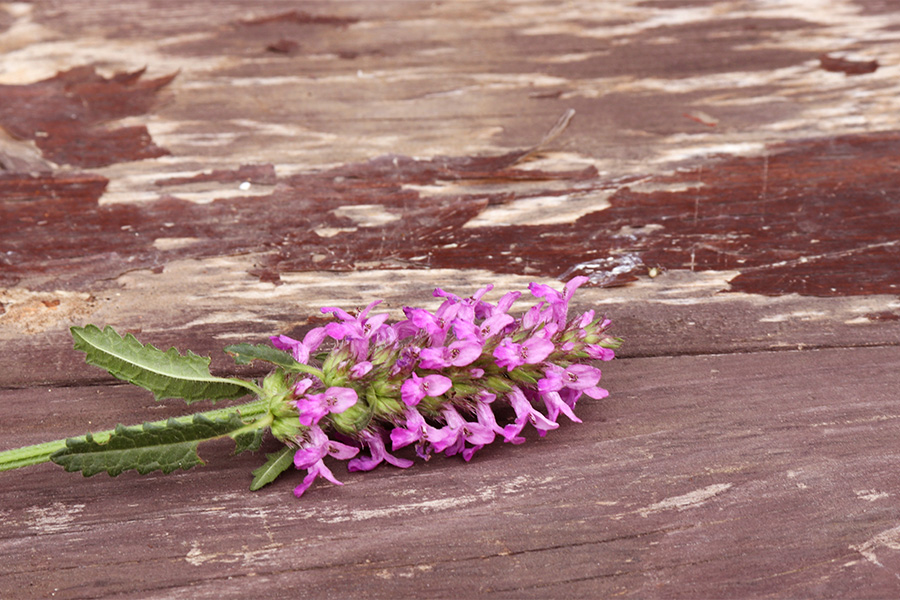Landscaping
-

HORT Management is an allied program for estimating landscape management costs. This program assists the user in estimating labor, material and equipment costs on a particular job, a break-even price, and bid price on a job. Industry average data and time/task data is used throughout the program, such as the time it takes to mow 1,000 sq. ft. with a certain size mower and equipment cost per hour of operation. The user is encouraged to modify and tailor the program with his own data and costs. For more information, see http://www.hort.uga.edu/extension/programs/hortmanage.html
Bodie V. Pennisi and Cesar L. Escalante
|
-

A regular fertilization program is important to maintain healthy, attractive turf and should include applying the correct analysis of fertilizer, using the correct amount, and fertilizing at the proper time. Turfgrasses require a number of nutrients for growth. Three of these—carbon, hydrogen, and oxygen—are rarely lacking because grasses get these elements from carbon dioxide in the atmosphere and water from the soil.
The remaining eighteen essential elements are also obtained from the soil. Nitrogen (N), phosphorus (P), and potassium (K) are needed in the highest concentrations. These major elements are commonly supplemented with fertilizer. The three numbers on the front of fertilizer bags are often called the ”N-P-K” numbers.
In addition to these major nutrients, secondary nutrients and micronutrients are also essential for plant growth. Understanding fertilizer terminology and the different types of nitrogen sources is important when establishing a lawn management plant. Nontraditional or “organic” fertilizers are also an option for homeowners.
Clint Waltz and Becky Griffin
|
-

This resource lists several varieties of plants for your landscape that deer prefer to eat less.
Sheri Dorn
|
-

Do you want a landscape that is beautiful, saves you time, effort and money and uses less water? If you do, a water-wise landscape is for you. Water-wise landscapes are designed, organized, and maintained by practices that use water strategically and wisely. Follow the seven basic steps outlined in this guide to create a beautiful water-wise yard or home garden.
Bodie V. Pennisi, Clint Waltz, and Sheri Dorn
|
-

B 1031
Shade and Street Tree Care
With proper care, trees can be valuable commodities around our homes, communities and urban landscapes. Providing care requires understanding tree biology, or how and why trees function. Trees constantly interact with the environment, including changes in soil, light, temperature, moisture, competitors and pests. Humans can produce additional stress by altering environments, but with proper care and maintenance trees can survive and thrive in your landscape.
Kim D. Coder and Timothy Daly
|
-

B 1364
Chainsaw Safety Tips
This publication discusses tips for purchasing the correct chainsaw for your needs and how to use it safely.
Glen C. Rains
|
-

In Georgia, irrigation supplements rainfall and most years, even in summer, irrigation isn’t needed every day. With a little careful observation, you can learn to determine your landscape plants’ water needs.
Sheryl Wells
|
-

Florida betony is a “winter” perennial and has a square stem with opposite leaves. Florida betony (also called rattlesnake weed and hedge nettle) is a problem weed in both turfgrasses and ornamentals.
Mark Czarnota
|
-

A water smart landscape is more than just water-efficient. It’s a landscape that has been carefully designed, properly installed and managed to reduce pollution, improve conservation and ensure year-round beauty.
L. Mark Risse, Rose Mary Seymour, and Sheryl Wells
|